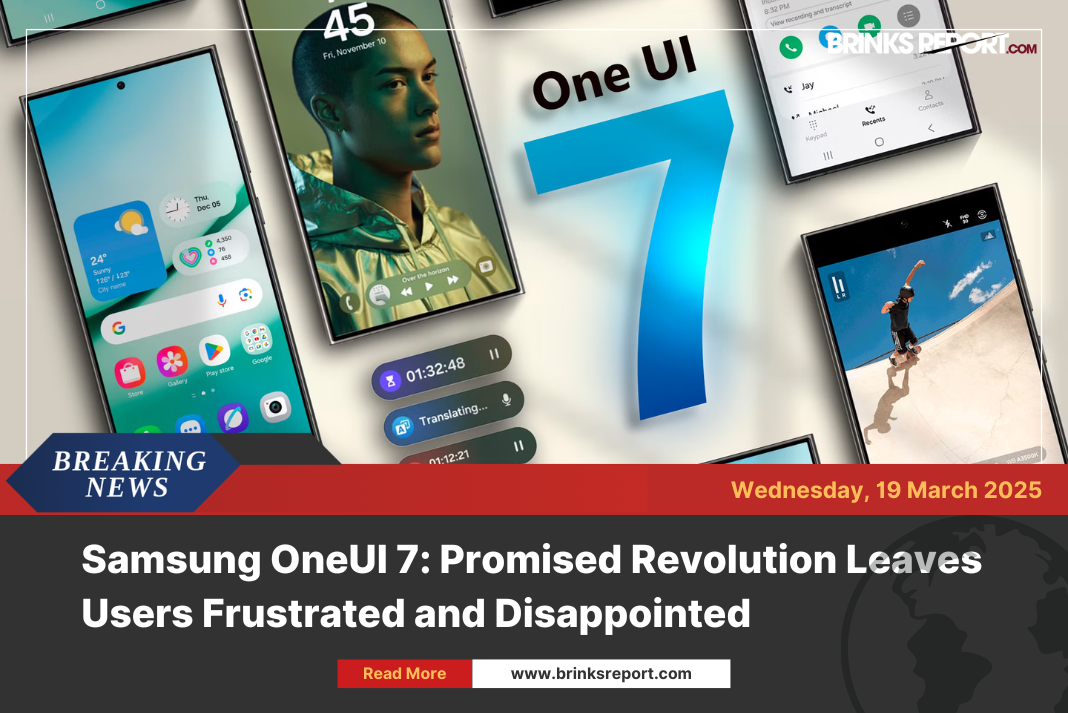
Apple took a careful step into the AI race at its Worldwide Developers Conference (WWDC) on Monday. While competitors sprint ahead with bold promises, Apple quietly opened up its Apple Intelligence system to developers—revealing new tools and modest upgrades aimed at making everyday life a bit easier.
The move includes giving third-party developers access to Apple’s core on-device AI model. It also lets developers tap into ChatGPT’s code generation tools within Apple’s Xcode—an essential platform for building apps across iPhones and Macs. The company even added image generation from OpenAI to its new Image Playground app, while promising users their data won’t be shared without consent.

What does this mean for the average user?
Not much right now. But it’s Apple’s way of saying: “We’re in the AI game—just not the chaotic version.” Instead of big, flashy AI bots that promise to be your best friend and therapist, Apple is offering smart tools that help you screen calls, translate live conversations, and find the exact jacket you spotted online.
Think of it less as “artificial intelligence” and more as “assistive intelligence.”
A Slow March, Not a Sprint
Unlike Google and Microsoft, Apple isn’t going all in with huge AI promises. That’s both good and bad.
“It just seems that the clock is ticking faster every day for Apple,” said Thomas Monteiro, senior analyst.
Investors weren’t impressed. Apple’s shares dropped by 1.2% after the event.
But Apple seems to be okay with being the tortoise in the AI race—prioritizing privacy, on-device processing, and cautious rollout over big headlines.
Also Read Can Apple Bounce Back? Pressure Mounts After AI Promises Fall Short
Smaller Features, Bigger Impact?
The new “Call Screening” feature will answer unknown numbers and display a transcription before you even pick up. Live translation during phone calls is also coming—and it works even if the other person isn’t using an iPhone.
Apple’s Visual Intelligence app will now analyze objects on your screen, helping you shop for similar items instantly. It’s a shopping assistant, not a revolution—but it’s useful.
Meanwhile, Apple’s entire operating system is getting a new look called “liquid glass”—sleek, translucent, and made possible by its custom chips. Also, no more confusing version numbers: Apple is switching to year-based naming for all its OS updates.
So, What’s Apple Really Saying?
It’s playing a different game. Apple isn’t racing to be the most talked about AI company—it’s aiming to be the most trusted. While the tech world is burning down from overhyped AI launches and privacy blunders, Apple’s trying to build slowly, securely, and stylishly.
Sure, it may feel like they’re late. But maybe—just maybe—they’re the only ones arriving on time.
Also Read Apple Drops a Design Bombshell! iOS 26’s Liquid Glass Will Blow Your Mind at WWDC 2025!












